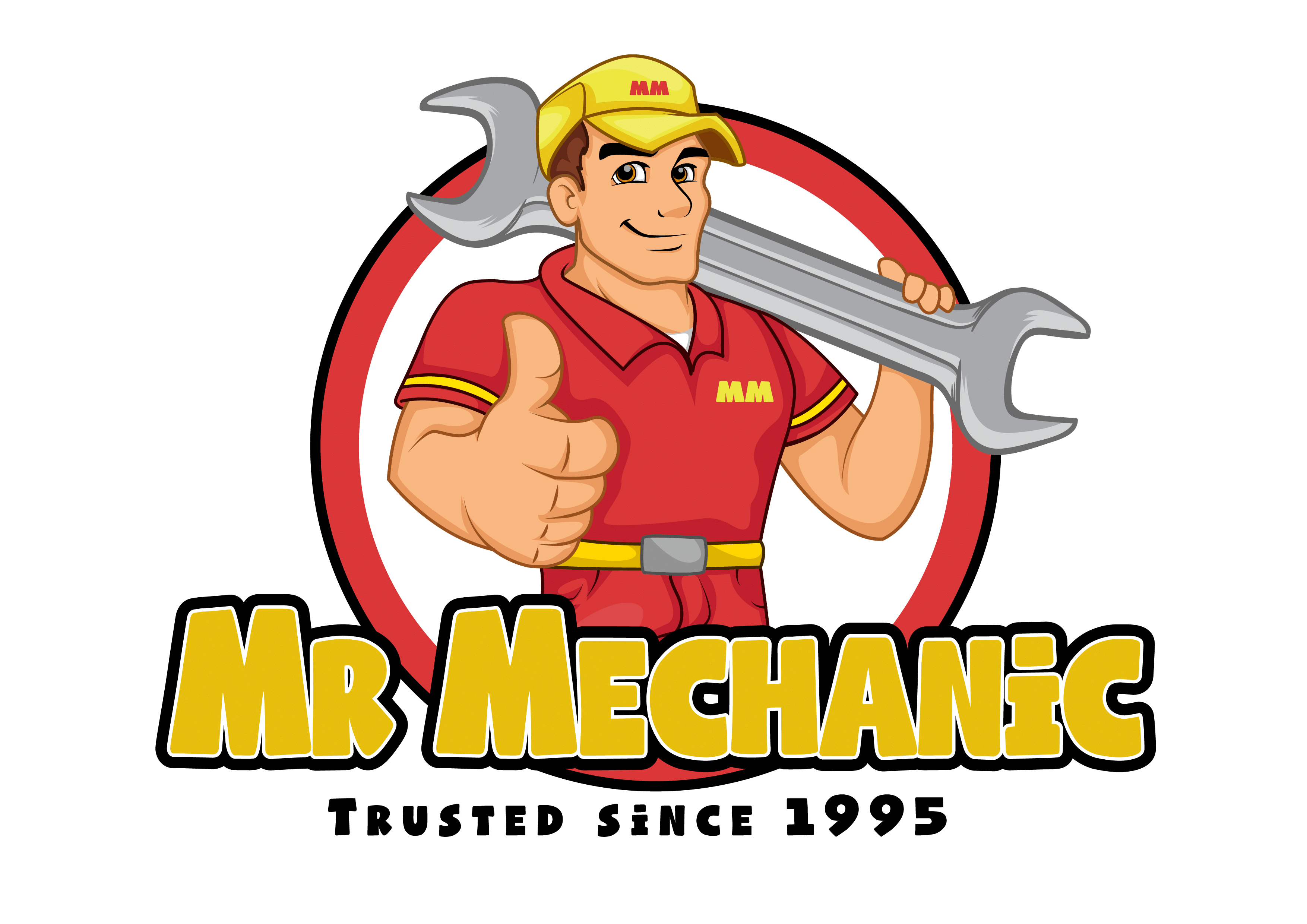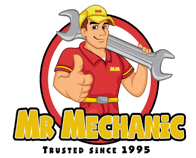When buying a used vehicle in Queensland, a pre-purchase inspection is a critical step to avoid unexpected repair costs and potential safety hazards. A professional pre-purchase inspection helps uncover hidden issues that may not be immediately obvious, giving you peace of mind before committing to a purchase. Here are some of the most common problems that are often found during pre-purchase vehicle inspections in Queensland.
1. Engine Problems
The engine is the heart of any vehicle, and problems here can be costly to repair. During a pre-purchase inspection, mechanics will check for oil leaks, abnormal engine noises, or worn engine parts. Common issues include:
- Oil Leaks: These can lead to significant engine damage if left untreated.
- Timing Belt Wear: A worn or broken timing belt can result in engine failure.
- Excessive Exhaust Smoke: This can be a sign of deeper engine problems such as worn piston rings or valve seals.
2. Transmission Issues
Transmission problems can be expensive to fix and are often overlooked by buyers. A thorough inspection can identify issues like:
- Rough Gear Changes: If the transmission hesitates or shifts roughly, it could indicate a failing transmission.
- Fluid Leaks: Leaking transmission fluid is a red flag that could point to a damaged seal or gasket.
- Unusual Noises: Grinding or whining noises when shifting gears can signal transmission trouble.
3. Brake System Failures
The brake system is essential for safety, and any issues here should be addressed before buying a vehicle. Inspectors commonly find problems such as:
- Worn Brake Pads: Thin or uneven brake pads reduce braking efficiency and can cause damage to rotors.
- Damaged Rotors: Warped or damaged rotors can lead to vibrations during braking.
- Brake Fluid Leaks: Low or leaking brake fluid can compromise the entire braking system.
4. Suspension and Steering Issues
Problems with the suspension or steering system affect the vehicle’s handling and can be dangerous. Pre-purchase inspections often reveal:
- Worn Suspension Components: Worn shocks, struts, or bushings can lead to poor ride quality and reduced control.
- Steering Issues: Loose or unresponsive steering may indicate problems with the steering rack or power steering system.
- Alignment Problems: Improper wheel alignment can cause uneven tire wear and difficulty controlling the vehicle.
5. Tyre Wear and Condition
Tyres play a crucial role in safety and performance. Inspectors will check the tyres for:
- Uneven Wear: This can indicate alignment issues, suspension problems, or improper tyre inflation.
- Low Tread Depth: Tyres with low tread are unsafe, especially in wet weather, and may need to be replaced.
- Cracks or Bulges: These are signs of tyre aging or damage and can lead to blowouts if not addressed.
6. Electrical System Failures
Modern vehicles rely heavily on electrical systems for everything from starting the engine to powering accessories. Common electrical issues found during inspections include:
- Battery Problems: A weak or old battery can cause starting issues and may need replacement.
- Faulty Wiring: Damaged or corroded wiring can lead to electrical malfunctions, including problems with lights, windows, or the radio.
- Alternator Issues: A failing alternator can cause battery drainage and electrical failures.
7. Air Conditioning and Heating Problems
While air conditioning and heating may seem minor issues, they are important for comfort and can be costly. Common problems found include:
- Low Refrigerant Levels: This can result in weak cooling performance or no air conditioning.
- Faulty Compressor: A damaged compressor can prevent the air conditioning from working properly.
- Heater Core Leaks: A leaky heater core can cause overheating issues and affect cabin comfort.
8. Rust and Corrosion
In Queensland’s coastal regions, rust and corrosion can be major concerns, especially on older vehicles. Inspectors will carefully examine:
- Frame Rust: Rust on the vehicle’s frame can compromise structural integrity and safety.
- Rust on Undercarriage: Corrosion on the undercarriage can affect suspension and exhaust components.
- Body Panel Rust: Surface rust on doors, fenders, and the bonnet can worsen if not treated.
9. Accident Damage
Even if a vehicle looks good on the outside, it may have been in a previous accident. Pre-purchase inspections often reveal:
- Poor Repair Work: Signs of shoddy repairs like mismatched paint, uneven panel gaps, or substandard welding.
- Frame Damage: Structural damage from accidents can compromise the vehicle’s safety in future collisions.
- Hidden Damage: Inspectors may find hidden damage to the chassis or suspension that was not properly repaired.
10. Faulty Safety Features
Safety features like airbags, seatbelts, and anti-lock braking systems (ABS) are crucial for protecting passengers. Common issues include:
- Non-Functioning Airbags: Faulty or undeployed airbags can be life-threatening in an accident.
- Seatbelt Issues: Damaged or malfunctioning seatbelts reduce passenger safety.
- ABS Failures: A malfunctioning ABS can lead to longer stopping distances, especially in slippery conditions.
Conclusion
A pre-purchase vehicle inspection is a must when buying a used car in Queensland. By identifying these common issues, you can avoid costly repairs and ensure that the vehicle is safe, reliable, and worth the investment. Whether it’s engine troubles, brake failures, or hidden rust, a thorough inspection gives you the confidence to make an informed decision.
Before you buy your next car, schedule a pre-purchase inspection with Mr Mechanic to safeguard your investment and drive away with peace of mind!

